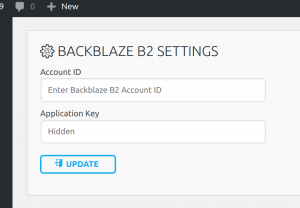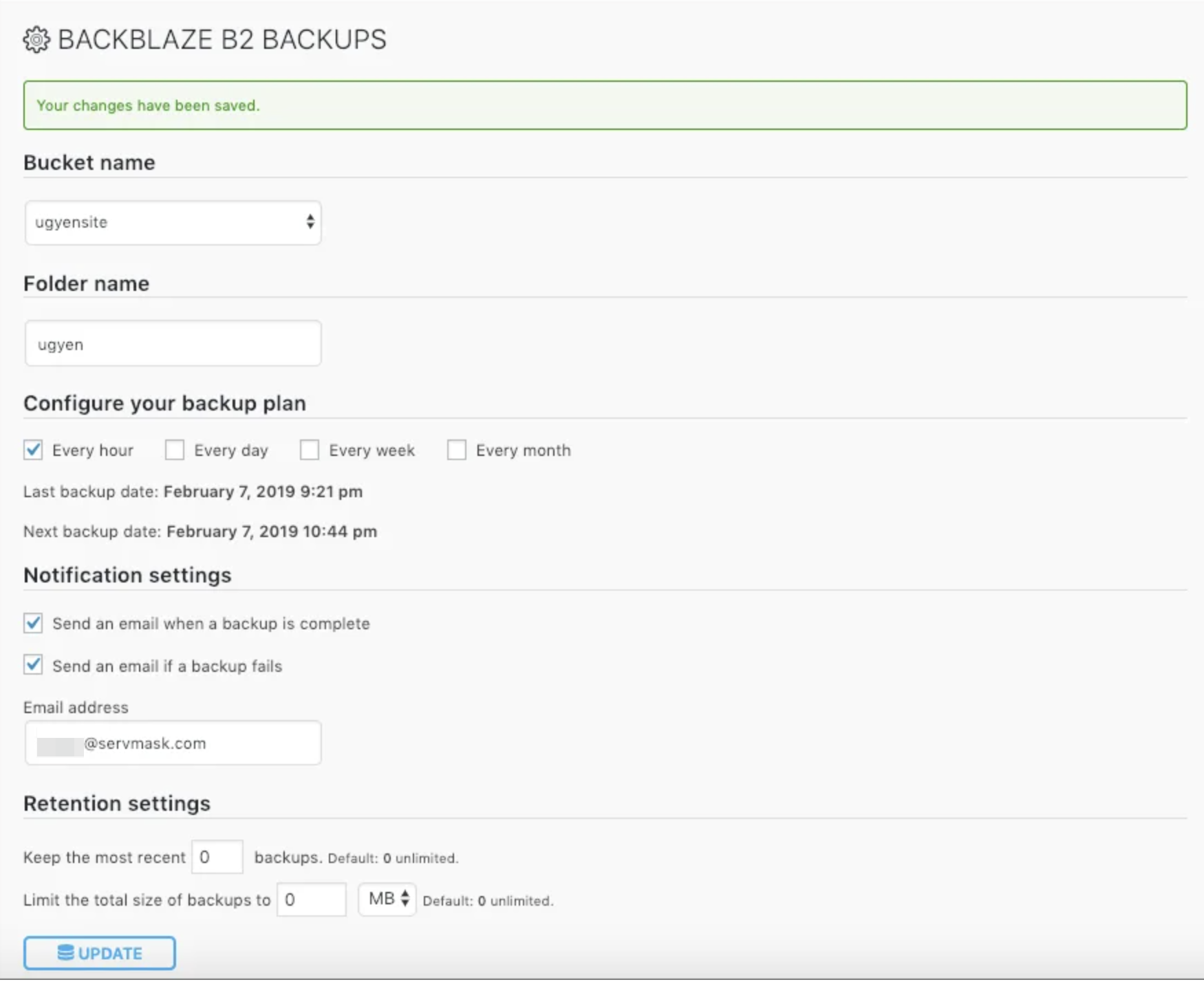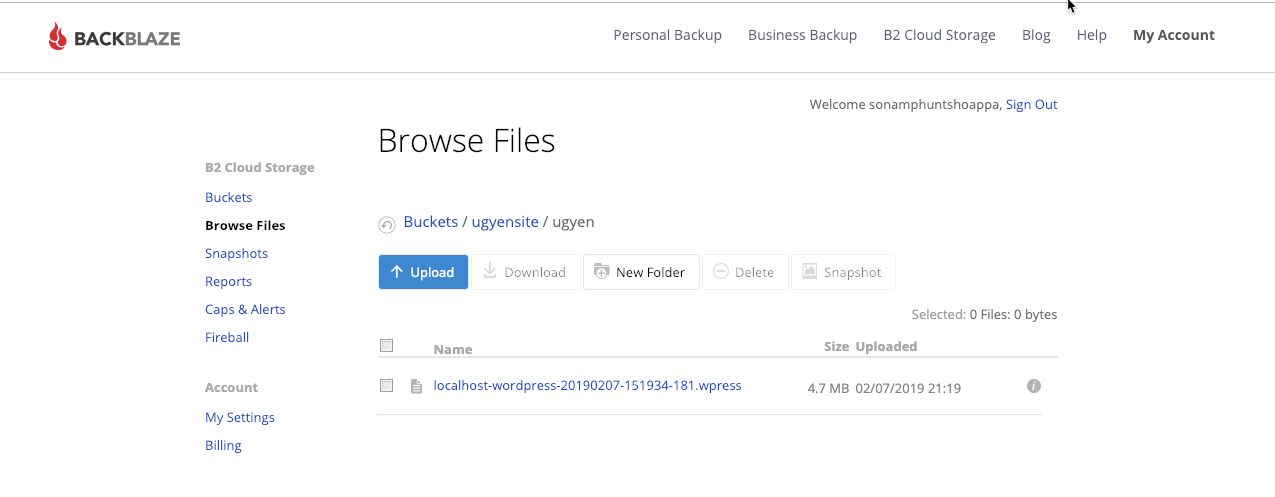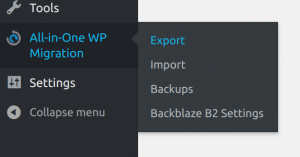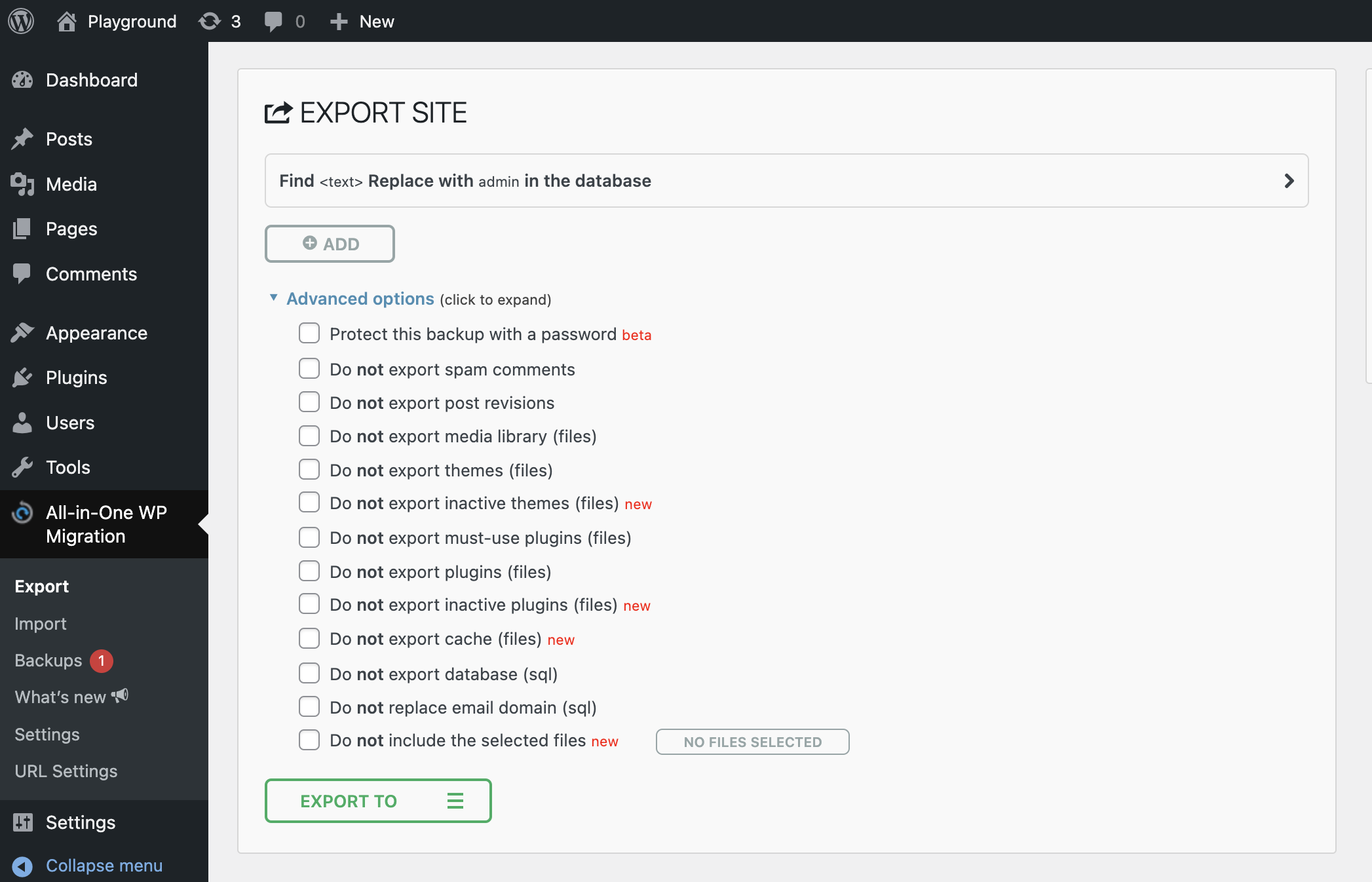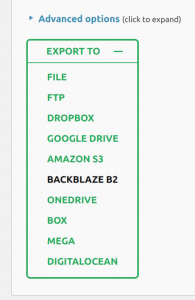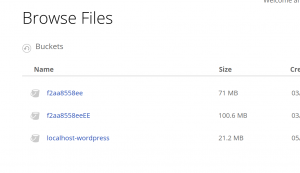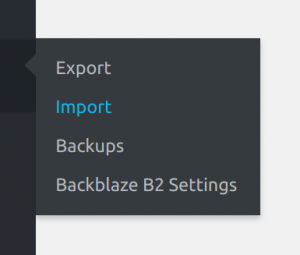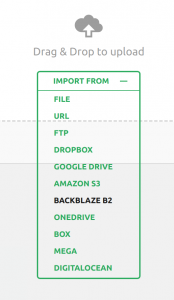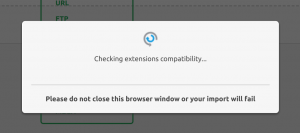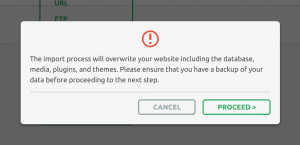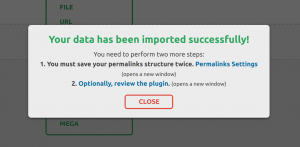Backblaze B2 Extension enhances the functionality of the All-in-One WP Migration plugin by connecting it to your Backblaze B2 account. This allows you to directly import and export your website/network of sites between your B2 cloud space and your website.
The tool functions as an extension to the plugin, so you must install the All-in-One WP Migration plugin for it to work.
After installation and activation of the extension, Backblaze B2 settings appear in the All-in-One WP Migration plugin’s dropdown:
For more information on how to install the tool, go to: https://help.servmask.com/knowledgebase/install-instructions-for-backblaze-b2-extension/
This tutorial contains details of:
- Available Backblaze B2 Extension settings
- Export using Backblaze B2 Extension
- Import using Backblaze B2 Extension
1. Backblaze B2 Extension Settings
After installing and successfully activating the extension, the Backblaze B2 settings page appears in the All-in-One WP Migration plugin’s list of pages:
Clicking it takes you to the settings page. To enable the extension to connect to your B2 account, enter your login credentials. You will be unable to use the extension unless you connect to your account from this page.
Once you’ve logged in with your information, you’ll see the available settings you can manage on the Settings page.
You can specify a time range for your website’s periodic automated backups by selecting one of the options: “Every hour,” “Every day,” “Every week,” or “Every month.” Backup completion and failure notifications can be sent to an e-mail address specified in the “Notification Settings” box on the Settings page.
By default, the extension creates a folder in your Backblaze B2 account called “[your-wordpress-site-name]-wordpress.” You can also configure your preferred backup destination folder in your Backblaze B2 account.
You can also specify how many recent backups to keep on your B2 cloud storage. In addition, you can specify the total size of backups stored in B2. This is a very useful option if you only have a limited amount of storage space.
After you’ve chosen your options, click the “Update” button to save them.
The transfer setting allows you to increase your upload and download speeds on both Import to and Export from when migrating sites to your preferred WordPress sites by switching from slow to fast internet.
2. Export Using Backblaze B2 Extension
The Backblaze B2 extension export process is started by selecting the Export option in the All-in-One WP Migration plugin menu:
Before you begin the export, on the Export page, there are some additional backup settings you can use:
You can have text from your current site replaced in your backup by using the Find and Replace fields. Please keep in mind that this change may affect your site user access details. Be cautious of what you replace.
You can exclude items from your backup, such as spam comments, themes, inactive plugins, cache, and so on.
You can also protect your backup with a password for more security. Be sure to store your password securely so you don’t permanently lock out your backup.
After selecting Export from the preceding options, you can choose to create an archive using B2 from the dropdown menu:
When you select one of the options, the export process begins, and you will see the following window:
Once your export has been successfully created and uploaded to the cloud, you should see the following message:
The extension adds a bucket called “[your-wordpress-site-name]-wordpress” to your Backblaze B2 account. All of your archives created with the All-in-One WP Migration plugin are saved in that bucket. Depending on the name of your site, the bucket might look like this:
3. Import Using Backblaze B2 Extension
The import procedure begins by selecting the Import option from the All-in-One WP Migration plugin menu:
When you select this option, a new window titled Import appears, and you can select where to import a backup from a dropdown menu:
When you select Backblaze B2, the extension will display a window with a list of your connected cloud files and folders. From there, select the backup to import and press the Import button. This will initiate the import procedure:
The import includes an additional step that warns you that the new backup will overwrite your website’s database, media, plugins, and themes. This is the final step in which you can cancel the process. After clicking “Proceed,” you will not be able to stop the import process.
When finished, a successful import will show the following message:



